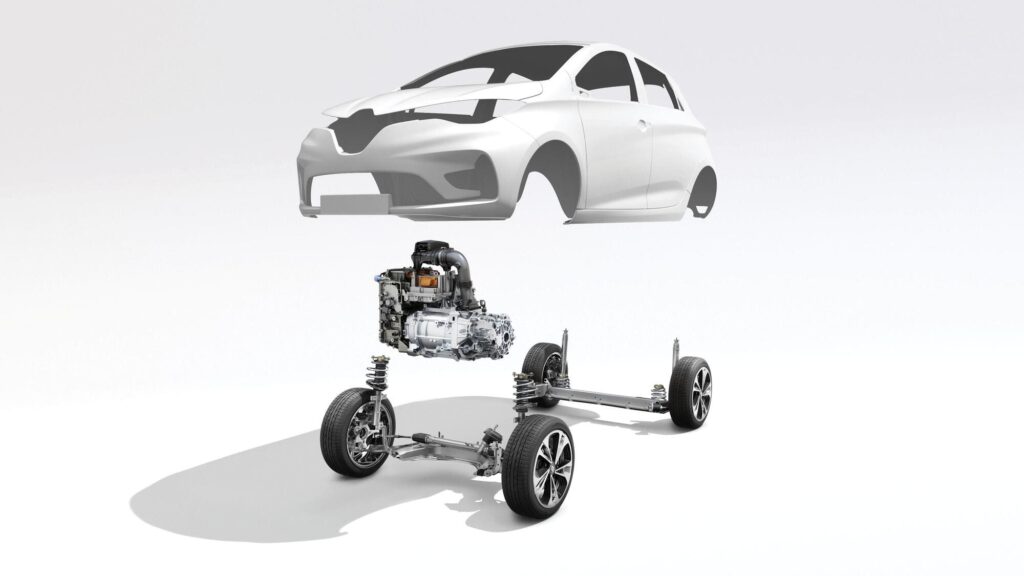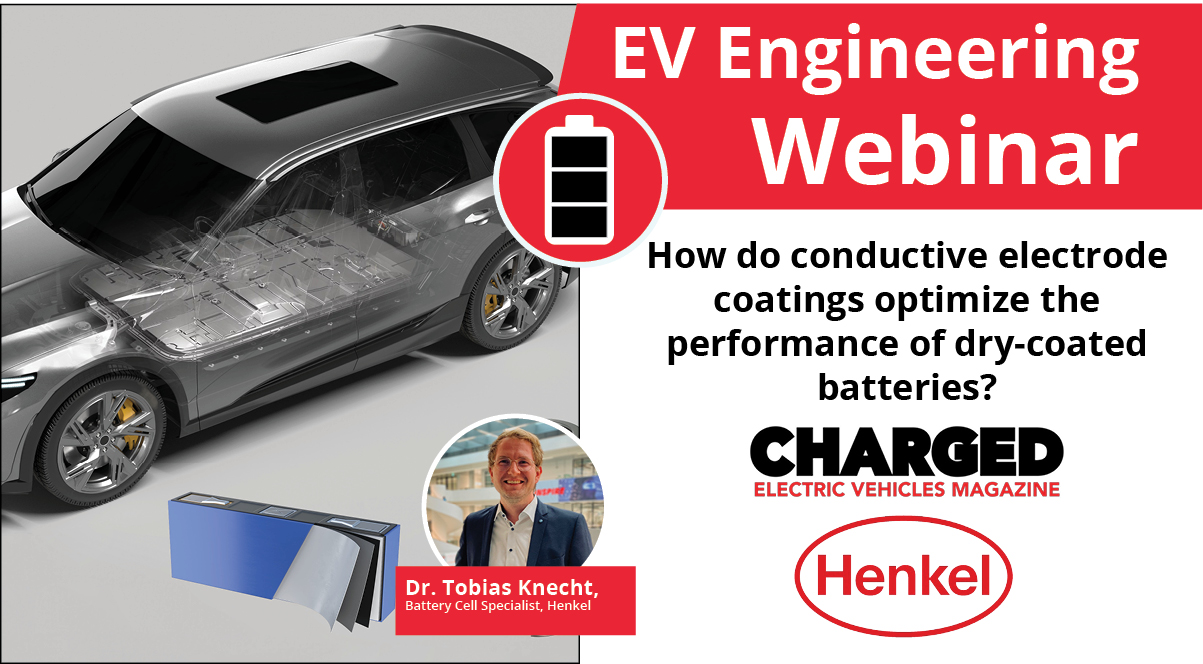Below are detailed specifications that are commonly associated with electric car motors:
- Type of Motor:
- Common Types: Electric cars typically use one of two main types of electric motors: Brushless DC (BLDC) motors or Permanent Magnet Synchronous Motors (PMSM). Both types offer high efficiency and are widely used in the automotive industry.
- Power Rating:
- Measured in Kilowatts (kW): The power rating indicates the maximum power output of the electric motor. It directly influences the acceleration and top speed of the electric vehicle.
- Torque:
- Measured in Newton-meters (Nm): Torque is the rotational force produced by the electric motor. Higher torque values contribute to better acceleration and overall performance.
- Voltage:
- Measured in Volts (V): The voltage of the electric motor is a crucial specification. It determines the electrical potential difference, and higher voltages often lead to more efficient motor operation.
- Current:
- Measured in Amperes (A): The electric motor’s current rating is an indicator of the flow of electrical charge through the motor. It is essential for understanding the motor’s electrical requirements.
- Efficiency:
- Expressed as a Percentage (%): Efficiency represents the ratio of useful output power to input power. Higher efficiency means less energy loss during the conversion process, contributing to increased overall vehicle efficiency.
- Maximum RPM (Revolutions Per Minute):
- Expressed in RPM: This specification denotes the motor’s maximum rotational speed. It influences the vehicle’s top speed and is crucial for optimizing the motor’s performance.
- Cooling System:
- Air-Cooled or Liquid-Cooled: Electric motors generate heat during operation. Many high-performance electric cars use liquid cooling systems to maintain optimal operating temperatures and ensure consistent performance.
- Regenerative Braking Capability:
- Yes/No: Regenerative braking allows the motor to act as a generator during braking, converting kinetic energy back into electrical energy to recharge the battery.
- Motor Weight:
- Measured in Kilograms (kg): The weight of the electric motor contributes to the overall weight of the vehicle, affecting factors such as energy efficiency and handling.
- Form Factor:
- Compact or Hub Motor: Some electric vehicles use compact motors that integrate with the drivetrain, while others employ hub motors located at the wheels. The form factor impacts the vehicle’s design and performance.
- Motor Control System:
- Inverter and Controller Type: The inverter and controller manage the flow of electrical energy to the motor. Advanced control systems contribute to smoother acceleration, improved efficiency, and overall performance.
- Compliance with Standards:
- CE, UL, or Other Certifications: Motors may be certified to comply with specific safety and performance standards, ensuring they meet regulatory requirements.
- Manufacturing Materials:
- Materials Used in Motor Construction: Motor components may be constructed from materials such as copper, aluminum, and various alloys to balance weight, conductivity, and durability.
- Maintenance Requirements:
- Maintenance Interval: Electric motors are generally known for lower maintenance requirements compared to internal combustion engines. Understanding any recommended maintenance intervals is important for vehicle owners.
- Integration with Transmission:
- Single-Speed or Multi-Speed Transmission: Some electric vehicles use a single-speed transmission, while others may employ multi-speed transmissions for optimized performance across a range of speeds.
Understanding these specifications is crucial for both manufacturers designing electric vehicles and consumers seeking detailed information about the electric motor powering their cars. As technology advances, electric car motor specifications are continually evolving, contributing to the ongoing improvement of electric vehicle performance and efficiency.



